
News
By Smart Growth America, April 11, 2018
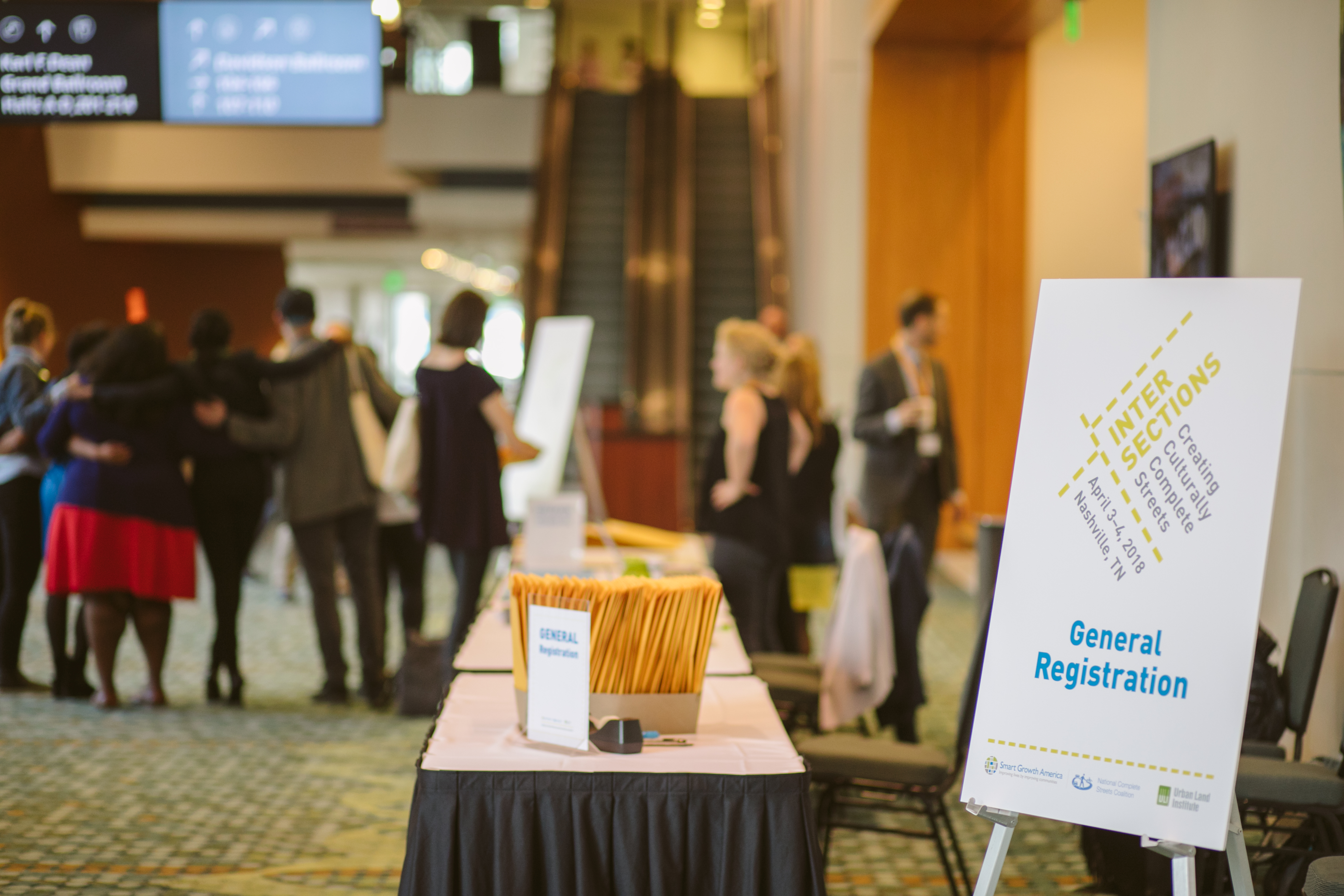
Before the Intersections conference in Nashville last week, some people might have been scratching their heads at the idea of a conference bringing together artists with transportation experts to talk about building safer, Complete Streets. But once the conference started, everyone—no matter their background—seemed to key in on how much they could learn from each other and what they could accomplish together. Here are a few personal reflections from our staff about Intersections: Creating Culturally Complete Streets.
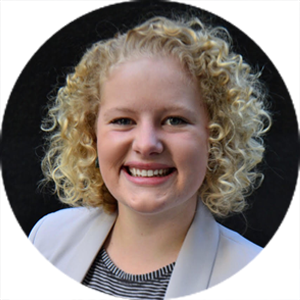 Mae Hanzlik, program associate
Mae Hanzlik, program associate
I had the honor of witnessing the joyful reunion of two of the authors of San Antonio's Complete Streets policy. Neither Marita Roos, nor Arrie Porter, knew the other would be attending Intersections, and as soon as they saw each other, the room was filled with smiles, hugs, and reflections. Marita later told me that she thinks it’s time for San Antonio to consider updating the policy they wrote by using our new Complete Streets policy framework. This encounter not only highlighted the dedication I saw from many attendees who have contributed to our progress over the years, but also their ability to critique our systems to ensure that constant improvement is at the forefront. 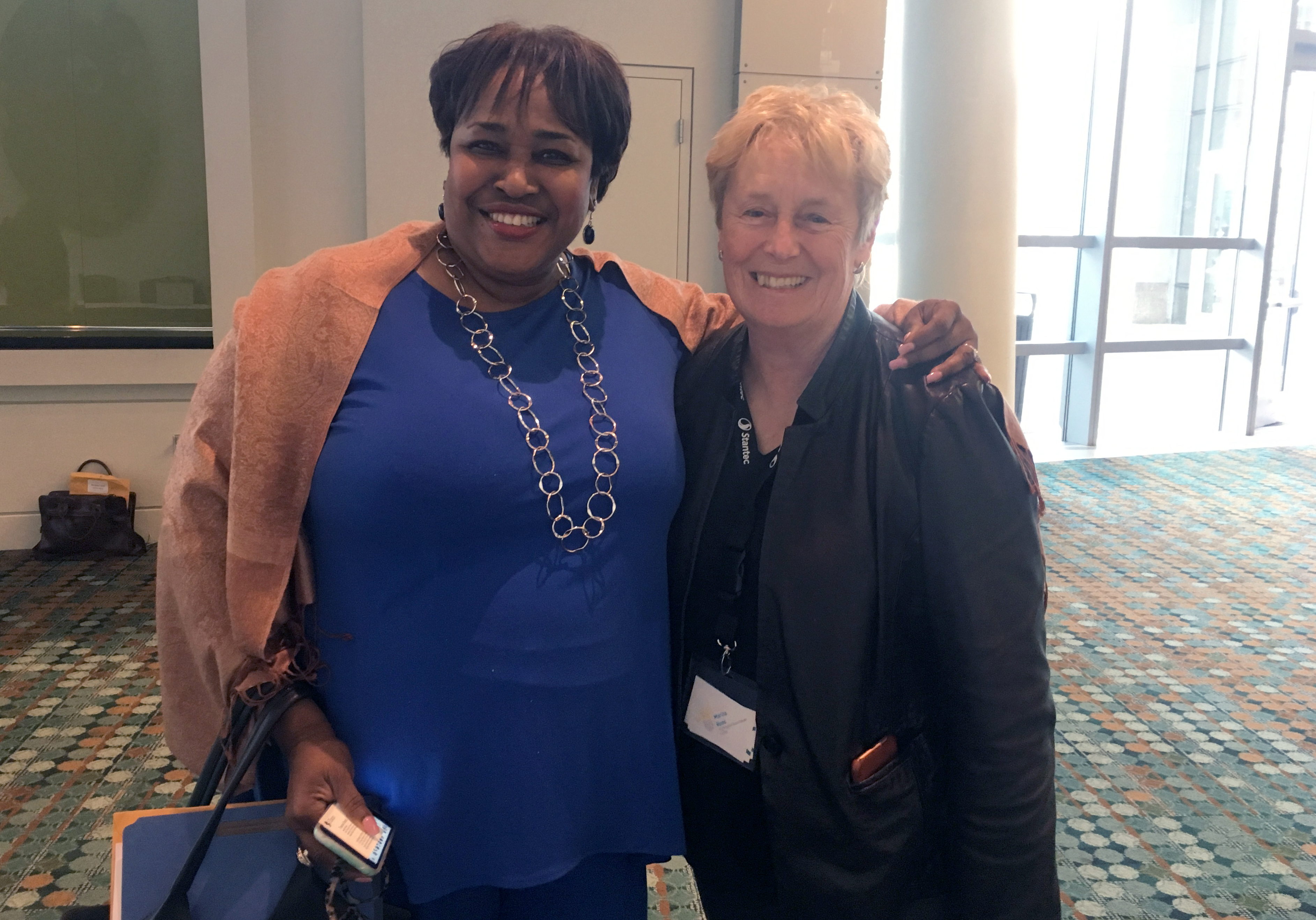 Arrie Porter (left) and Marita Roos (right) reunite at Intersections 2018.
Arrie Porter (left) and Marita Roos (right) reunite at Intersections 2018.
Nimotalai Azeez, program associate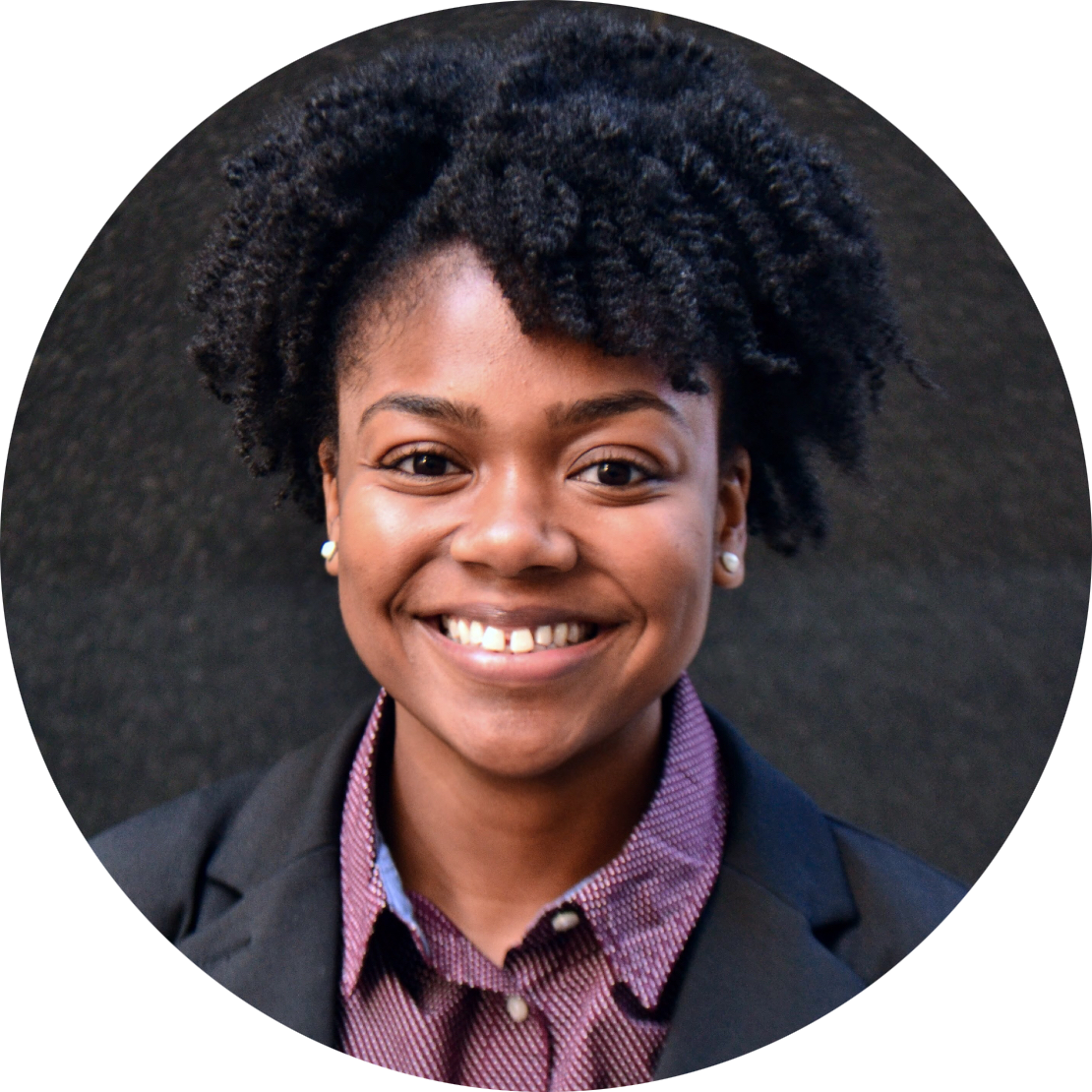
Logistics can be stressful, and the late nights spent planning this conference made me question why we were doing this. But the first minute everyone gathered together in Nashville, the reason became crystal clear. Intersections sparked an energy that many will be able to take back to their communities and I'm excited to see what new projects and creative engagements grow from the seeds that were planted at the conference. I was reminded that you don't have to be an artist to be creative, and that we have a responsibility to speak up when we have positions of power and privilege—and to look out for the needs of others who might not have a voice.
Our sincere thanks to Nimotalai who just wrapped up her time at Smart Growth America and has since moved on to a new opportunity with the District of Columbia government. This conference would not have happened without her hard work! -Ed.
Erika Young, director of strategic partnerships
It’s been a week and I'm still thinking about the conversations I had at Intersections. But one part that’s really stuck with me is that we weren't just having hallway conversations about equity, we focused on it during the keynotes and breakout sessions too. It was so refreshing to not have it feel like equity accidentally snuck into the program or was added on as an afterthought; it was a key part of the conference, just like it will continue to be a key part of our work to create Complete Streets and communities that truly serve everyone.
Sophie Schonfeld, arts and culture associate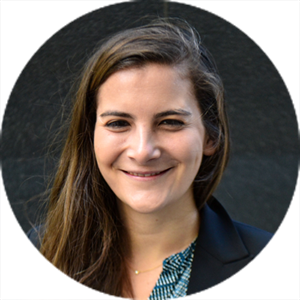
When we first started planning for Intersections, we had weren’t sure how it would unfold. It wasn’t uncommon that we’d hear how unique, and perhaps audacious, it was to have a dedicated space and program for people—like artists and transportation engineers—who normally might never cross paths. In Nashville, we had the chance to not just see, meet, and speak with, but to challenge and collaborate with people from the fields of engineering, art, public health, grassroots advocacy, and so many other disciplines. Hearing voices describing Complete Streets both in a poetic and technical sense converging into one unified dialogue in every room was a truly special testament to what this conference was all about; creating culturally Complete Streets.
Alicia Orosco, program manager
As a smart growth advocate, I found it very rewarding to see such a diverse crowd at Intersections—the most diversity I have ever seen at a national conference, reflected in both the attendees and our impressive lineup of speakers. I specifically enjoyed the dynamics between transit advocates and artist during the Q&A sessions during the keynotes and breakout sessions. It was obvious that each had a lot to learn from one another and they were actively working through how they could better work together.
Sean Doyle, communications associate 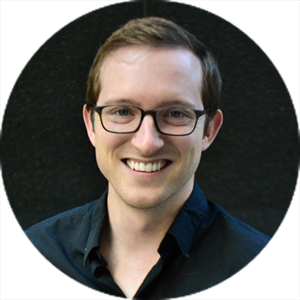
Often times, talking about issues around Complete Streets, creative placemaking, and building more equitable communities is just that...talk. But Intersections made those issues tangible and actionable. The keynotes shared great examples of how using art and engaging with artists had improved transportation in their communities. In the case of Peter Svarzbein, an art project he started in graduate school (a “love letter” to his hometown, El Paso, TX) evolved into a run for a seat on the El Paso City Council and a full fledged effort to bring back the city's historic, transnational trolley.
That same emphasis on action was woven through Intersection’s many sessions where people were engaged and asking questions, even in the sessions right after lunch! I heard from multiple people how inspired and excited they were to take what they’d learned to their work on the ground. Intersections brought people together to talk and network, but the emphasis on action is what set this conference apart from others.
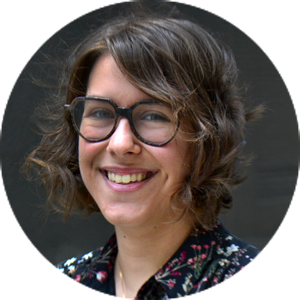 Heather Zaccaro, health program associate
Heather Zaccaro, health program associate
I spent most of my time at Intersections in the Healthy Corridors sessions led by one of our conference sponsors, the Urban Land Institute, including a variety of panels as well as a bike tour. These sessions really got me thinking about all the ways that Complete Streets create connections—and I don’t just mean the way a corridor connects one place to another, but the way a place and the process that goes into creating that space can connect people to one another and to the street itself.
This theme of connectivity came up time and time again throughout the conference.
We hopped on Nashville’s shared B-cycles to explore Charlotte Pike, where Nashville’s greenway system connects people to opportunities for physical activity, and where organizations like the Oasis Center connect kids and teens to their community by equipping them with the skills and resources to repair and earn their own recycled bicycles. We learned how Complete Streets projects can strengthen connections between people and their shared sense of neighborhood identity by letting communities take the lead on guiding the vision of their own streets then empowering them to make that vision a reality with simple, creative solutions like repainting streets, plazas, and buildings or introducing movable seating to activate a public space. And we fostered connections between different disciplines by bringing together artists with transportation and public health professionals throughout the various sessions, discussions, and interactive exercises. I personally really enjoyed the opportunity to connect (or in some cases reconnect) with so many brilliant minds from around the country, all dedicated to the shared goal of creating healthy, livable, equitable streets.
--
Intersections was a tremendous success. Stay tuned for more as we share some of the lessons learned from the conference in the days ahead as we start finding ways to apply all we learned in Nashville to Smart Growth America’s work on building streets that more fully serve their communities, and better reflect what makes them unique.
Related News

© 2025 Smart Growth America. All rights reserved
Site By3Lane Marketing












